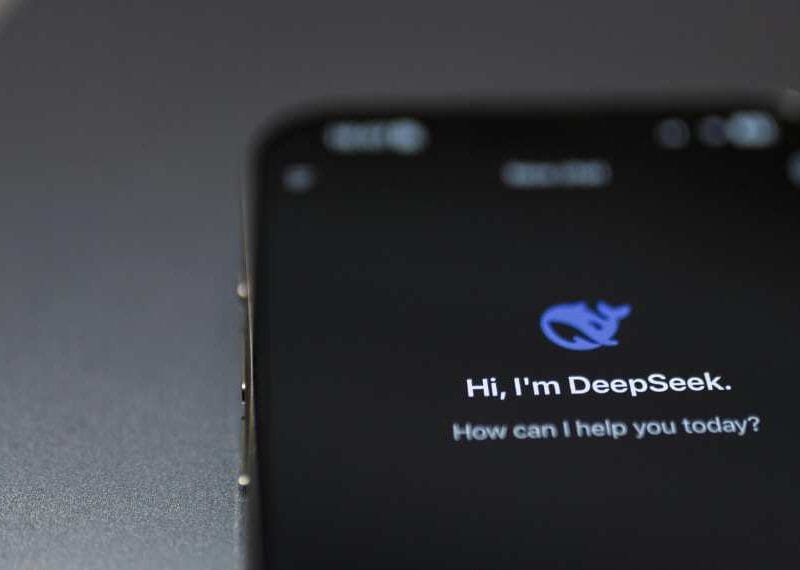Gen AI’s Turnaround: Leaders Share Their Evolution Story
The rapid shift from banning generative AI to embracing it has transformed organizations across industries.
This Techronicler article gathers insights from business leaders, thought leaders, and tech professionals on how their companies evolved in adopting AI.
From initial skepticism due to concerns over reliability and security to strategic integration in workflows like billing, marketing, and customer support, these experts reveal practical applications and governance frameworks.
Their experiences highlight a balance of innovation and oversight, showcasing how AI has become a powerful partner, driving efficiency and creativity while preserving human judgment and brand authenticity in a fast-changing landscape.
Read on!
Pilot Programs Expand AI Beyond Internal Tasks
The shift began with controlled pilots in non-client-facing work, such as internal research summaries and drafting first-pass content.
Once teams saw time savings without compromising quality, adoption expanded into sales enablement and customer support.
Governance frameworks and review checkpoints kept output reliable.
What started as resistance evolved into selective integration, where AI now supports productivity but final judgment remains human-led.

Wayne Lowry
Founder, Best DPC
Human Touch Outweighs AI Cost Benefits
Simply put, generative AI isn’t up to our standards. Part of this is certainly our business model.
We work hard to put a human face on our business, using real personal stories, including our own, in our marketing efforts and providing quality community and customer service with real people behind them.
Generative AI could do a lot of this stuff for us more cheaply, but your brand trust would suffer.

Wynter Johnson
CEO, Caily
Emergency Fix Transforms Company's AI Ban Policy
At first, we banned generative AI across the board—too many unknowns around client data, output reliability, and compliance. But the shift happened when one of our engineers quietly used an AI tool to draft a detailed patching script during an emergency. It was accurate, fast, and saved us a few hours of late-night troubleshooting. That moment forced us to rethink the blanket ban.
Now, we’ve created clear guidelines: generative AI can be used internally for scripting, documentation, and initial drafts, but never for client-facing outputs or anything involving sensitive data.
We also built a review process around it—no AI-generated work goes out without human oversight. It’s not about jumping on a trend; it’s about making the tech work for us, not around us. That balance has allowed us to move faster without cutting corners.
AI Transforms Billing into Strategic Advantage
At JustPaid, the rapid shift from skepticism to adoption of generative AI has directly shaped how we build our Finance Intelligence products. Early concerns around reliability and security gave way once we recognized AI’s potential to handle complexity with precision.
Today, our autonomous billing agent goes beyond automation — reading contracts, generating invoices, reconciling accounts, and even predicting cash flow.
For finance leaders, this means less time chasing spreadsheets and more time driving strategy. By embedding AI deeply into revenue operations, we’ve turned billing from a back-office task into a strategic advantage.

Vinay Pinnaka
Co-Founder & CTO, Just Paid
AI: From Threat to Creative Partner
Like many, we started by banning AI-generated content because of quality concerns and potential risks to our reputation. But as the technology matured and it became clear that responsible use could actually enhance our workflow, we pivoted.
Today, we leverage gen AI as a creative assistant—drafting listing descriptions, brainstorming content ideas, and summarizing market trends—while every piece still gets a thorough human review before publishing.
This hybrid approach has boosted our productivity without sacrificing our authentic brand voice.
The key was moving from viewing AI as a threat to embracing it as a partner, guided by hands-on oversight and accountability.

Mark Sanchez
Founder, Gator Rated
Adapt or Die in the AI Era
At first, we were skeptical about AI replacing what we do (online calculations), but once Google rolled out AI Overviews, we saw traffic drop.
The way I see it, the number of users willing to click on websites is shrinking – so our focus becomes getting a bigger slice of what’s left. We do that through link building, PR, and better marketing, and so far it’s paying off.
It’s not a forever solution, but you adapt or you die, and we’re adapting.

Dawid Siuda
Finance Expert, Omni Calculator
AI Adoption Follows A Human Path
At Cisco, generative AI adoption has followed a very human path. It started personal, with people testing it on everyday tasks like emails and meeting summaries. We also had fun, from picture challenges to writing songs, because play drives engagement and sparks experimentation.
As a PMP-certified project manager, I approached it like any transformation: define the vision, build trust, and create scalable processes. That structure helped me launch a grassroots AI group inside Cisco.
What began as a lunch-and-learn has grown into one of the better-known communities across the company, touching thousands of employees.
Simple prompts have since evolved into advanced use cases that are making a real impact. We use AI to consolidate documentation, make it accessible in chat, and even support “vibe coding” that saves teams days of effort.
All of this is powered by strong prompting principles that put skills directly in people’s hands.
A Multi-Pronged AI Strategy For Automation
Everyone has access to a bank of companies‑paid models (OpenAI, Anthropic, Gemini) behind an OpenLLM service so we can centrally control access, log prompts, and monitor usage.
We use workflow tools like n8n to automate marketing, communications, and PR. For sensitive work we run internal LLMs plus an internal chat backed by MCP servers so teams can “talk” to customer metadata (for example, asking how many critical alerts a customer had in the last 90 days that required >10 minutes of manual intervention) and identify automation targets. We also connect LLMs to HubSpot for deep pipeline research.
In addition, we created Cloudticity AI Venture Labs to keep shipping internal tools toward customer deployment, our ProServe team leads AI strategy sessions, and we’re building go‑to‑market motions with AWS and other partners.

Gerry Miller
Founder & CEO, Cloudticity
AI Images: Quality, Not Slop
We originally were against AI, as we didn’t want to look cheap. But the quality has absolutely increased.
We use generative AI images for our social media. Because we’re a ghost tour company, the quality of the images (being fantastical anyway) does not give off the “AI slop” vibe.
We imagine we’re saving $100 per social media post (which is basically $100 daily).
We use straight Midjourney, we don’t use AI within our design software. We find this gives us more control, and the images can then be imported into a variety of places or used outright.

Christopher Falvey
Co-Founder, Unique Nola
On behalf of the Techronicler community of readers, we thank these leaders and experts for taking the time to share valuable insights that stem from years of experience and in-depth expertise in their respective niches.
If you wish to showcase your experience and expertise, participate in industry-leading discussions, and add visibility and impact to your personal brand and business, get in touch with the Techronicler team to feature in our fast-growing publication.













